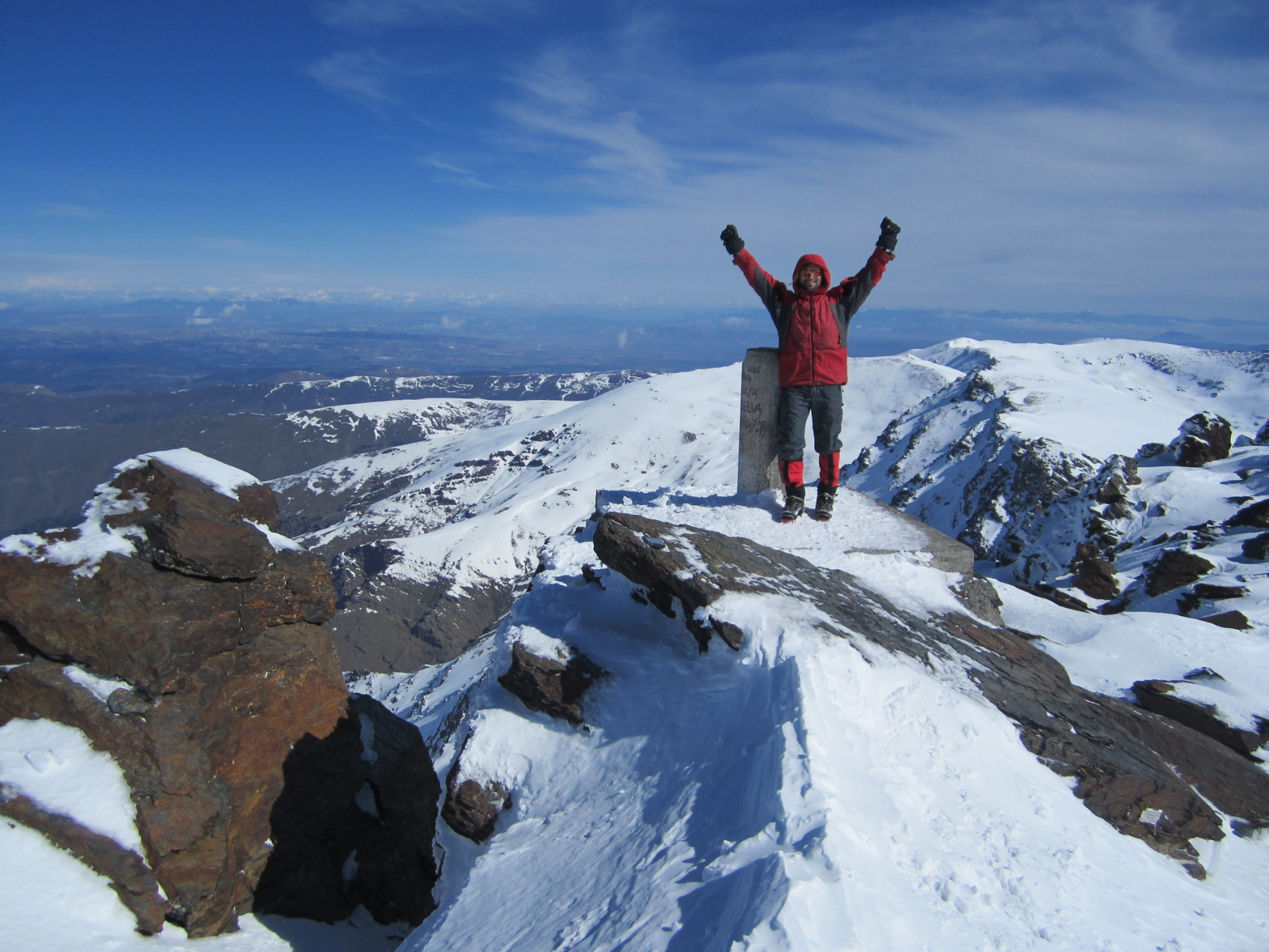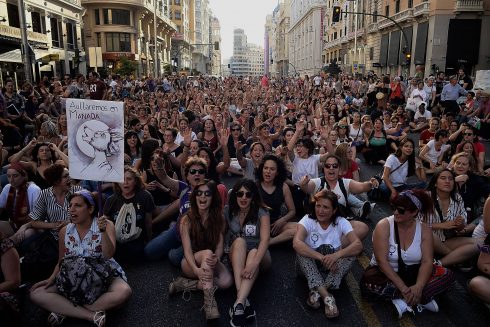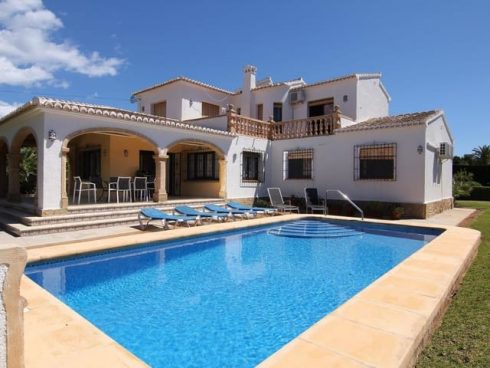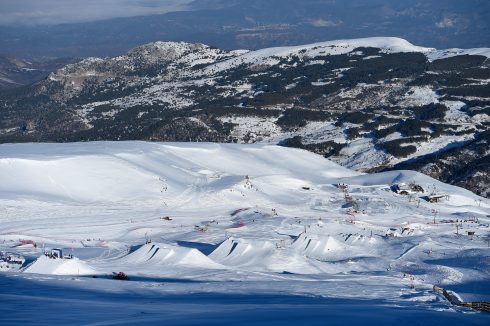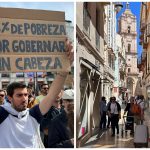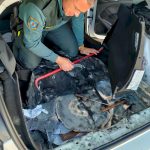JUST south of Granada, Mulhacen is the Iberian Peninsula’s highest peak. Part of the Sierra Nevada range, nestling between the Vega de Granada, Lecrin Valley and La Alpujarra, it reaches 3,479m and is surrounded by Veleta, at 3,398m, Alcazaba at 3,666, and several other 3,000m peaks.
Translating literally as ‘jagged, snowy mountains’, the Sierra Nevada is visible from all over the region. When driving past Granada, you can’t miss the north face of Veleta, rising above the famous ski resort at Pradollano, which is snowy during winter months (although climate change is diminishing the natural white stuff).
Mulhacen lies nearby and, thanks to modern tourism initiatives, the two peaks can be reached easily on foot. For the intrepid (or energetic) at heart, the full set of “tres mil” 3,000m peaks can be visited on a five-day walking tour.
Sierra Nevada’s lower altitudes of 1,800m are popular for their ancient network of interconnected trails, catering for hikers, mountain bikers and horseback riders.
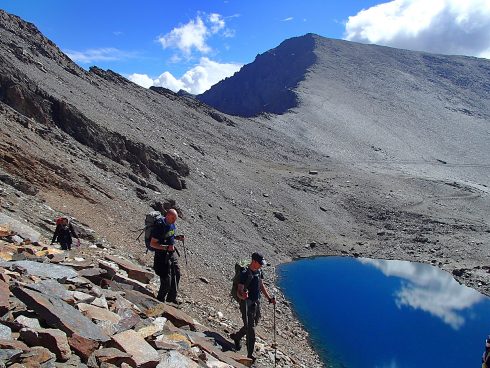
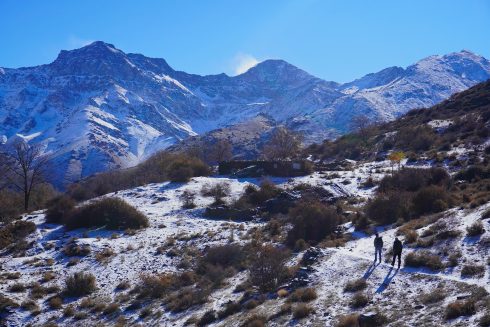
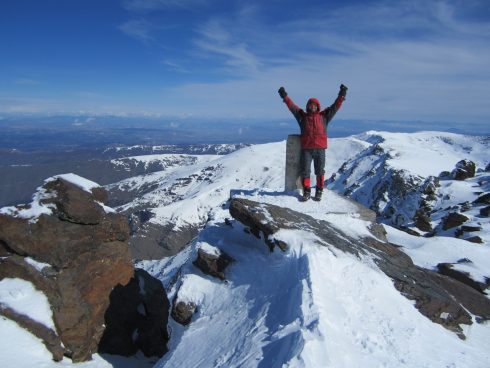
Mulhacen – accessible to everyone
Popular with visitors of all nationalities, Mulhacen is named after Abu-I Hasan Ali, known as Muley Hacen in Spanish – the penultimate Muslim king of Granada in the 15th century. Legend says that he was buried at the summit.
Not quite Spain’s answer to Everest or K2, Mulhacen isn’t a dramatic mountain, or especially steep, and is ranked the 64th highest peak globally. A constant flow of hikers appears in summer, while more experienced outdoor enthusiasts don crampons, snowshoes, and ice axes during the winter months.
The south flank is gentle and easy to climb, for those who are reasonably fit. The north face is more challenging and requires moderately steep climbing on snow and ice. For that, you’ll need the right equipment and a mountain guide.
Richard Hartley, an experienced guide from Spanish Highs, warns that hikers must be prepared for the prevailing (and changing) temperatures on the Sierra Nevada.
He says: “At 3,000m in January and February, the air temperature without wind chill can frequently dip below -10C. In July and August, a normal daytime temperature at 3,000m would be 15-20C.” So, pack the windcheater and suncream!
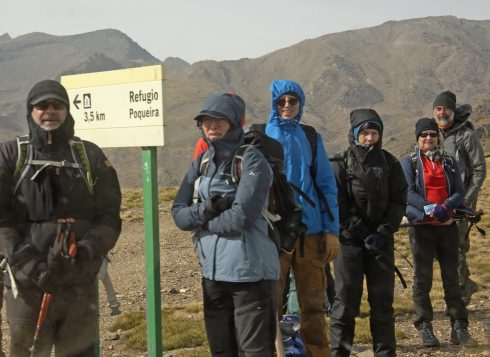
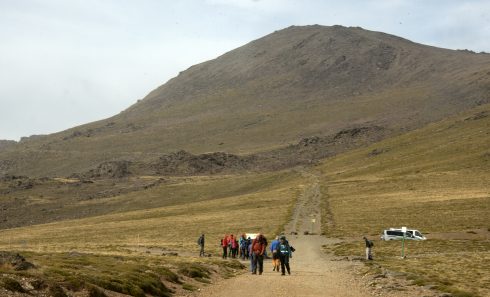
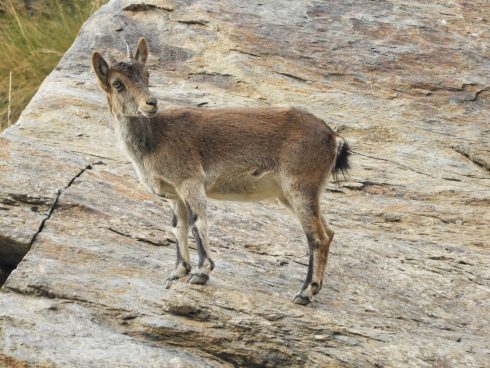
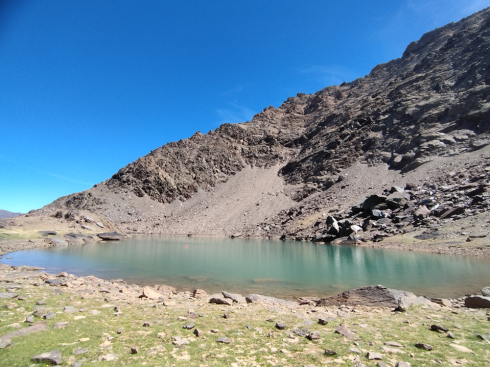
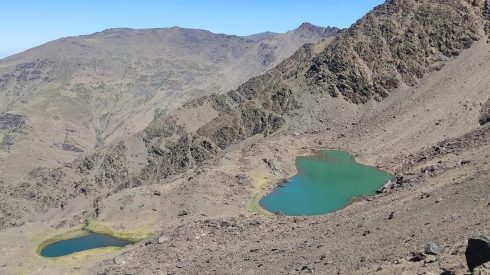
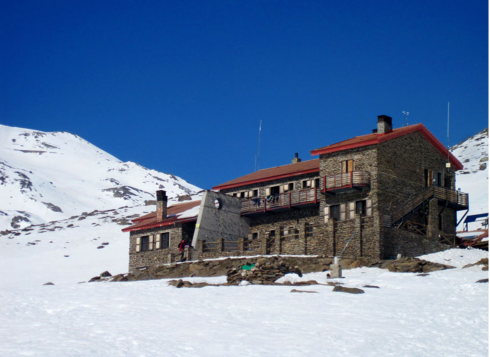
Transport yourself to near the peaks
In summer and autumn, Mulhacén can be climbed in a single day from either Capileira or Trevelez, with the Trevelez route involving a much steeper ascent. Nowadays, transport options take visitors close to the peaks.
For example, the ski resort at Pradallano has chair lifts operating in July and August, dropping off passengers a 15min walk under Los Pocisiones de Valeta, which lies at 3,100m.
There’s also a bus from Hoya de la Mora in Monachil, at 2,700m, to Los Pocisiones de Valeta. This runs from late June until mid-September – or longer if decent weather persists. When you arrive at the drop-off point, it’s a 45min hike to the Veleta peak. From there, you could cross to Mulhacen on an “old road” that takes approximately three hours each way.
From Capileira, in high season, you can catch a bus from the Servicio de Interpretacion de Altas Cumbres to Alto del Chorillo at 2,700m. This takes an hour, and the set-down point is a 2hr hike below the Mulhacen peak and 1hr above Refugio Poqueira, which offers basic accommodation with 84 beds. This bus is over-subscribed, so reserve several days ahead. It keeps operating on autumn weekends, weather allowing.
Our reporter caught the bus on a windy October afternoon and decided not to go hiking (what a wimp!). Regardless, the experience was impressive. The bus twists and turns on forestry roads above Capileira, affording panoramic views towards the Costa del Sol, Sierra de Contraveisa, Loma de Canar, Rio Chico, Rio de Trevelez, and – finally – Mulhacen.
On route, the affable Paco from the Servicio de Interpretacion Altas Cumbres explains key points about the Sierra Nevada. The guided journey includes a stop-off at an information point with several illustrated boards, meaning you’ll go home with fresh knowledge about Spain’s highest peaks.
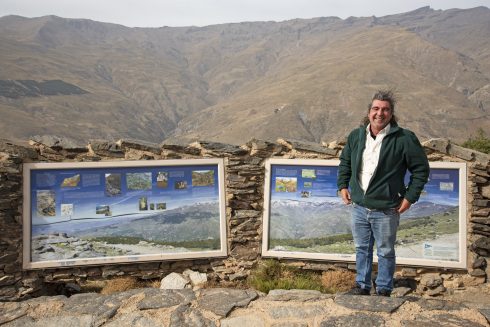
DID YOU KNOW? Sierra Nevada National Park is a protected paradise
The Sierra Nevada National Park was created in 1999 and spans the provinces of Granada and Almeria, encompassing 45 different municipalities. It is Spain’s second largest national park. Much of the landscape was shaped by glaciers, causing U-shaped valleys. A protected space, it is famed for its fauna and flora, which is studied by geologists.
Here, you’ll find Ibex (mountain goats), wild boar, foxes, rats, vultures, butterflies, oak trees, poplar trees, maritime pines, chestnuts, and many species of flower.
Information can be obtained at the Tourist Information office in Pampaneira, which is staffed by Fernando, who holds a rare university degree all about the Sierra Nevada.
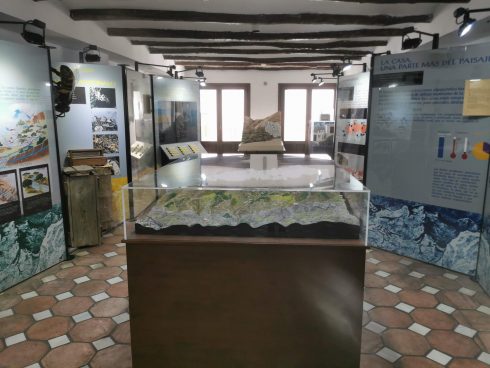
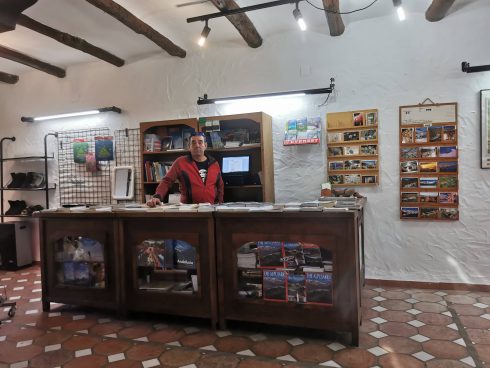
Where to stay – at altitude
The popular Refugio Poquiera offers basic accommodation with shared rooms and hot meals. Book well in advance.
People ascending from Trevélez can sleep at the ‘lagunas’ (lakes) to the northeast of the peak in summer.
The ‘refugios’ providing bivouac shelter near Veleta are called Carihuela, Villavientos and Vivac de las Calderas.
DOs and DONT’S – mountain hiking
Do
- Study the route online first.
- Set off early in the day.
- Wear comfortable walking boots.
- Pack your trousers and jacket, even if it’s warm.
- Take sun cream, polarised sunglasses, and a hat.
- Take sufficient water and snacks.
- Watch the weather forecast closely.
- Hire an experienced guide if attempting anything complex.
Don’t
- Go out in changeable or bad weather.
- Set off late in the day.
- Stray off marked paths.
- Attempt something beyond your ability.
- Forget your mobile phone, or neglect to charge it first.
- Accidentally sit on the spiky plants near the peaks, nicknamed “pica culo”.
- Camp illegally.
- Set illegal fires.
READ MORE
Switchbacks in Southern Spain provides the perfect mountain biking holiday
Autumn in Spain’s Alpujarra region: hiking, biking, riding and other adventures
Calling adventurers: La Alpujarra in Southern Spain is just what you’re seeking

